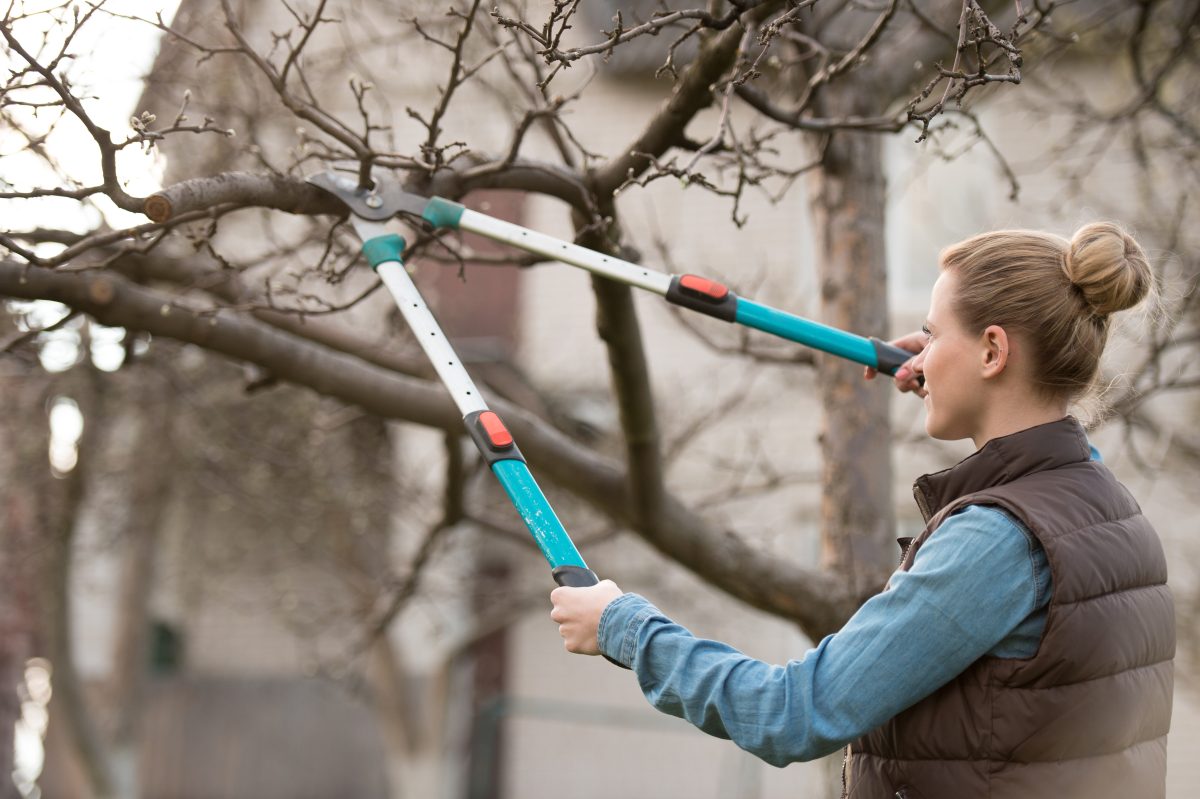What is Tree Pruning?
by siteadmin

Tree pruning is the removal of diseased, broken or unsightly branches from trees and shrubs. It also helps maintain or improve the size and shape of a plant.
Thinning opens the crown to allow light penetration and air movement. Raising lifts lower limbs to clear for traffic or buildings. Thinners should avoid removing more than one-third of the living crown in any year.
Branches
The branches of a tree provide the canopy that supports the leaves. Branches can be pruned for many reasons, including to remove debris left by storm damage, to reduce wind resistance and to allow mowing, to encourage flowering or fruit production, to correct structural problems, or simply to shape the plant.
It is important to know how to make pruning cuts correctly. Incorrect cuts can weaken a tree, promote fungus infection in the wound, and open the trunk to insect infestation.
When removing a branch, be sure to support the remaining stub and cut it about an inch past a branch collar. The branch collar is a slightly swollen area (with rougher, darker bark) around the base of the branch and serves as a natural barrier to disease organisms that enter through pruning wounds. Avoid making a flush cut, which damages the collar and opens the trunk to infection.
Trunk
The trunk is the primary structural element of deciduous trees. The trunk is pruned to reduce its height, to remove damaged branches, to shape the canopy and to control the spread of disease. Thinning the crown – removing specific live branches to reduce density – is typically the first step in this process. This allows more sunlight and air to reach the ground and lessens stress on selected limbs from gravity, wind, ice or snow. Pruning suckers – weedy looking weak growth that steals energy from desired branches – is another important step.
Avoiding heading cuts – also known as topping – is critical to healthy trees. Heading cuts can stimulate unwanted water sprouts and suckers, disfigure older trees and expose large areas of bare wood to insects and diseases. When removing limbs over 1 inch in diameter, use the three-cut pruning technique to prevent bark tears. Don’t coat pruning cuts with tree paint or wound dressing; these products can actually prevent the proper closure of wounds.
Canopy
A well-pruned canopy creates a lush, vibrant look while promoting health. It helps prevent branches from hanging over structures, stretching into power lines or growing too close together (a common cause of branch failure).
Thinning is a general pruning technique that involves selectively trimming a tree to reduce its density, which increases sunlight penetration and air circulation, which can help to prevent fungal disease and insect problems. This technique also helps to reduce stress on selected limbs from gravity, wind, ice and snow.
Size management cuts are used to shorten a tree’s height or width, which may be necessary to clear utility lines or reduce a wide-spread canopy. Structural pruning is done to improve a tree’s shape or structure by removing weakened branches or stems, creating proper spacing between lateral branches and reducing the overall length of limbs throughout the canopy. This type of pruning is usually done in the spring or summer to avoid causing damage to young growth.
Health
Whether it is for safety reasons or to create a distinctive shape, pruning can strengthen trees and promote new growth. It also reduces conflicts with buildings and power lines, wind resistance, and the risk of dead branches falling on people or structures.
Pruning removes diseased, broken, or weakened limbs. It can also encourage new growth by removing competing shoots or twigs. It can also improve a landscape's aesthetics and increase property value.
Incorrect pruning practices, such as topping, can have negative effects on tree health and appearance and are potentially dangerous to people. For example, a flush cut (cutting a branch to a point close to the trunk) can expose the wood to fungal decay and encourage the growth of codominant stems, bark inclusions, and snags. Research suggests that a tree may respond to improper pruning with decreased strength, flowering, fruit production, and overall health.
Tree pruning is the removal of diseased, broken or unsightly branches from trees and shrubs. It also helps maintain or improve the size and shape of a plant. Thinning opens the crown to allow light penetration and air movement. Raising lifts lower limbs to clear for traffic or buildings. Thinners should avoid removing more than…
Recent Posts
- Affordable Fencing Solutions: Fence Company Rochester NY Offers Insight on the Cheapest Fence Installations in Rochester, NY
- Affordable Fencing Solutions: Fence Company Rochester NY Offers Insight on the Cheapest Fence Installations in Rochester, NY
- Expert Roofers Columbus Shares Insights on the Roofing Installation Process in Columbus, GA
- Mastering Tree Removal: A Comprehensive Guide for Tree Care in Fairfax
- Mastering Tree Removal: A Comprehensive Guide for Tree Care in Fairfax
